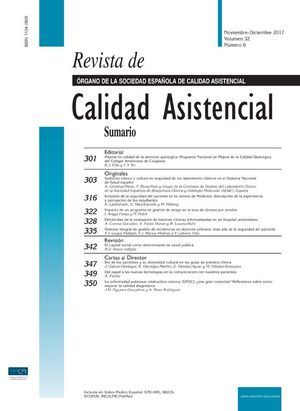Vaccines play a crucial role in public health by preventing millions of deaths annually. The global mortality for children under 5 decreased from 12.8 million to 4.9 million between 1990 and 2022.1 This demonstrates the positive impact of essential vaccines. However, disparities in vaccination coverage persist, particularly in low- and middle-income countries (LMICs). As of 2018, there were approximately 679 million children under 5 worldwide, with an estimated 5.3 million deaths reported, 700,000 of which were due to vaccine-preventable diseases. Shockingly, 99% of these deaths occurred in LMICs.2 There are gaps in traditional vaccination methods that face logistical and compliance challenges, especially in regions with limited healthcare infrastructure including poor access to electricity; vaccine hesitancy; reusing syringes; poorly trained health care workforce; pain due to injectable vaccines.3,4 Microneedle technology, which uses tiny projections to deliver vaccines transdermally, promises to address these issues by simplifying vaccine administration and storage.
Technological advancementsSeveral trials and studies have been conducted to assess the efficacy and safety of microneedle patches (MNPs). The trial of MNP in Gambia for measles and rubella vaccine has demonstrated the feasibility and safety of this technology in real-world settings.5 Innovations include 3D-printed microneedles for transdermal vaccination and the development of microneedle-mediated transcutaneous immunization techniques have shown that these newer technologies are capable of inducing strong immune responses.6 Furthermore, the development and testing of MNPs for potential SARS-CoV-2 vaccine delivery indicate the versatility and timeliness of this technology in responding to global health emergencies.7
Vaccine stability and storageOne of the significant advantages of MNPs is their ability to maintain vaccine stability at higher temperatures.8 It has found that measles and rubella vaccines can retain their efficacy longer without the need for refrigeration.9 This feature could drastically reduce the logistical burden and costs associated with cold chain storage, making vaccines more accessible in remote areas.
The MNP, highlighted in Fig. 1, represents a less invasive and potentially more patient-friendly approach to vaccination. It simplifies the vaccination process, reduces pain and discomfort associated with deeper injections, and minimizes the risk of needlestick injuries. Additionally, MNPs do not generate biohazardous sharps waste and can often be self-administered, making them an attractive option for mass vaccination campaigns and in settings with limited healthcare infrastructure.
Cost-effectivenessThe economic analysis suggests that microneedle vaccination could significantly reduce the costs associated with immunization campaigns, particularly in LMICs. Approximately 27–37% of measles and rubella burden can be reduced by 2030–2040 in 70 LMICs using this technique as compared to traditional methods of vaccination.10 The reduced need for trained healthcare professionals and the potential for self-administration further contribute to cost savings, enhancing the sustainability of vaccination programs.
Impact on public healthMNPs not only increase vaccination rates but also empower populations through easier access to vaccines. Studies suggest that MNPs could play a crucial role in eliminating measles and rubella in Africa by increasing vaccination coverage. Additionally, the potential for MNPs to deliver multiple vaccinations simultaneously could revolutionize routine immunization schedules.
Challenges and future directionsDespite the promising advances, several challenges remain. These include the need for further research on long-term efficacy and safety, scaling up production, and addressing public perceptions and regulatory approvals. Future research should continue to focus on refining the technology, expanding its applicability to other vaccines, and integrating it into existing public health frameworks.
ConclusionMicroneedle technology represents a significant leap forward in the field of immunization. By simplifying vaccine delivery, enhancing stability, reducing costs, and potentially increasing vaccine uptake, MNPs could play an important role in achieving global health objectives, particularly in underserved regions. Continued investment in research, development, and public health outreach is essential to realize the full potential of this innovative technology.
CRediT authorship contribution statementVijay Kumar: Methodology, Data curation, Conceptualization. Nishant Rai: Writing – review & editing, Writing – original draft, Software, Methodology, Conceptualization. Sanjit Sah: Writing – review & editing, Writing – original draft, Software, Methodology, Data curation, Conceptualization. Manya Soni: Writing – original draft.
Consent for publicationNot applicable.
Ethical approval and consent to participateNot applicable.
FundingNo funding.
Declaration of competing interestThere no competing interests by any of the author.
Data availabilityNot applicable.









